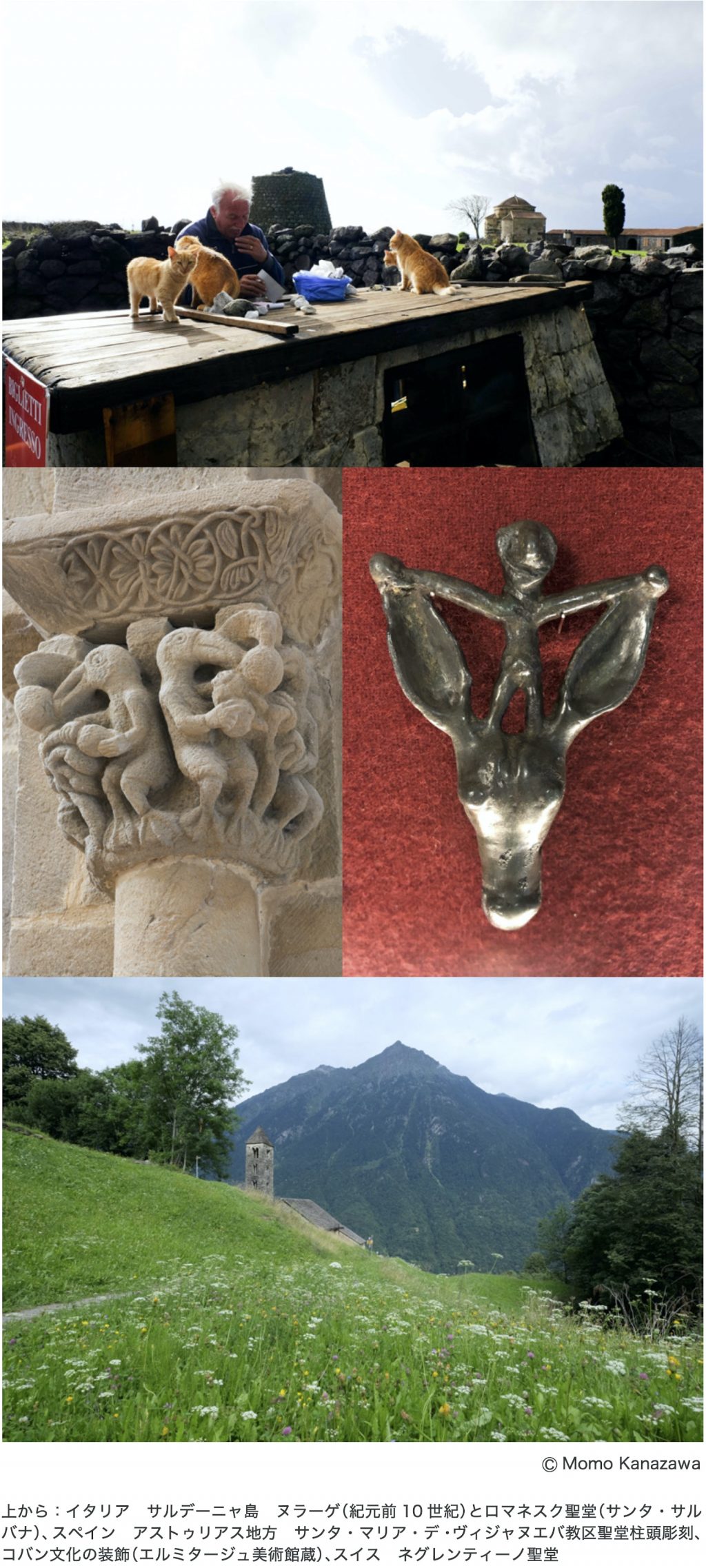In this program, we would like to re-consider the making, using, and seeing of artificial objects in different kinds of societies. In the West, there are conventional standards of Beauty. However, in an increasingly multicultural society, this cannot be the only standard any longer. We must find alternative ways to approach aesthetic objects through the exploration of the boundaries of Beauty.
We believe in the plurality of standards of Beauty. For example, the Beauty of Romanesque Art (11th to 12th century in Western Europe) is outside the conventional Western standard of Beauty, for Romanesque is before the birth of that standard in Europe. So is the Art of Scythians, Celtics, Nuragic, Vikings, and Aztecs. Although they are outside ‘the standard of Beauty’ of the West, they are firmly rooted in their own aesthetics. How can we integrate this plurality of aesthetics?
According to Alfred Gell (Art and Agency; an anthropological theory 1998), there is a need for the anthropological theory of Art. An artificial object is the ‘Agency’ that affects people in various ways, whether as everyday objects or as ‘Art’. Is there a possibility that this Agency could be the ‘voices’ emitted from Romanesque sculpture as Michael Camille has written in his essay? In this program, by analyzing the Art objects and crafts of different cultures, we attempt to listen to those voices as a poetics of Agency.

A nuraghe and Romanesque church of Santa Sabina in Sardinia, Italy; Romanesque capital from Santa Maria de Villanueva in Asturias, Spain; a decoration of Coban culture from Hermitage Museum, San Carlo in Negrentino, Switzerland.